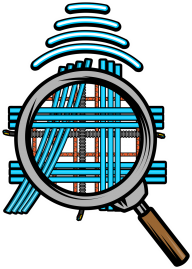Frequently Asked questions
While GPR is one of the most effective forms of non-destructive testing, it is not 100% accurate. The variables we have discussed here such as the conditions and material of the scanning area, along with the person using the equipment all affect the accuracy.
We have technicians available state-wide.
With GPR there is no radiation involved, so there are no health hazards. Personnel are not required to be evacuated prior to inspection. With GPR, there is no chance of accidental exposure to gamma radiation, minimizing liability and health risks.
Structures found with the GPR are marked immediately, and confirmed with a variety of different scanning methods.
GPR can detect a wide range of structures in the concrete like post tension cables, rebars and conduits. In addition, buried utilities including gas, electrical, telecommunications, sewer and water.
Concrete scanning applications is only able to scan up to 24 inches. If we have access to both sides of the slab, then the analyst would be able to scan thicker concrete.
GPR can reach depths of up to 100 feet in low conductivity materials such as dry sand or granite. Moist clays, shale, and other high conductivity materials, may absorb GPR signals

